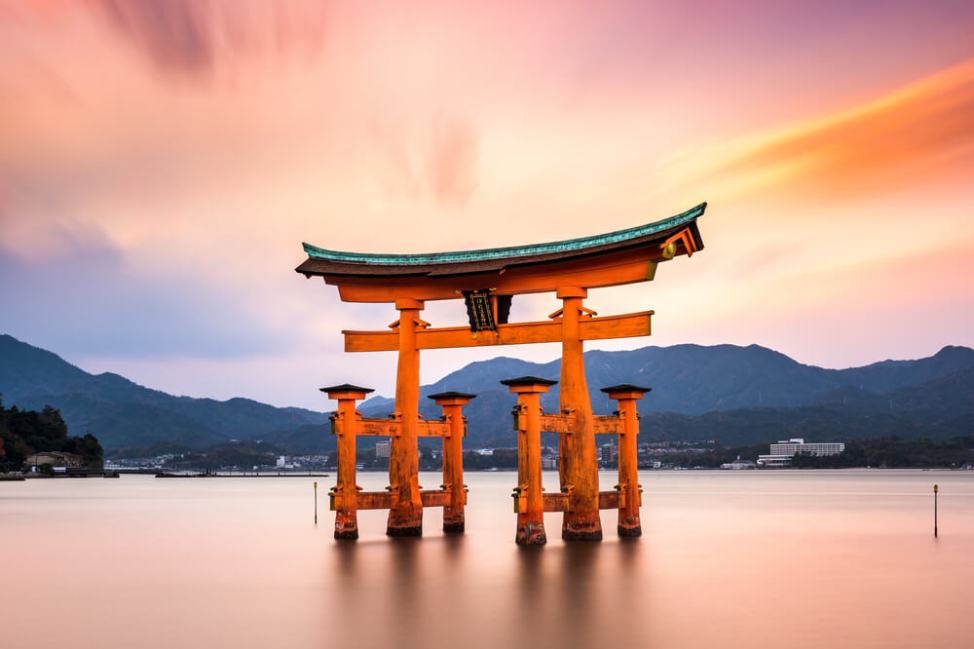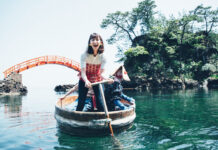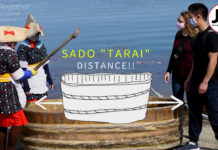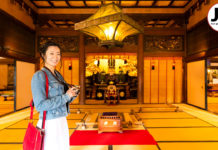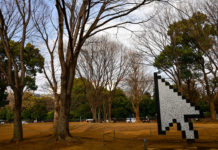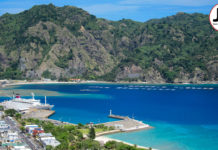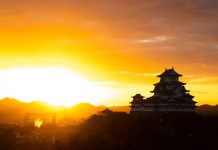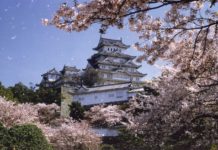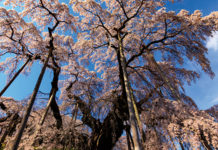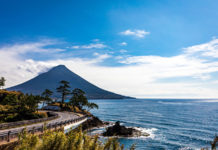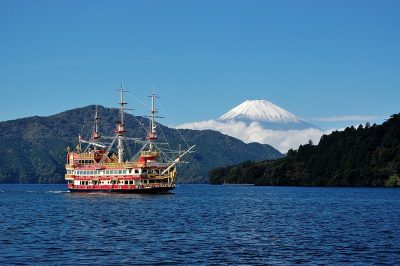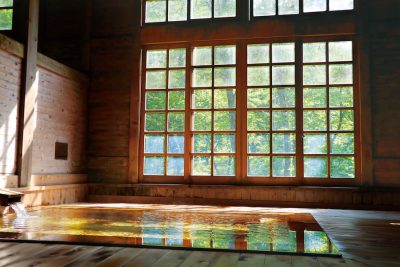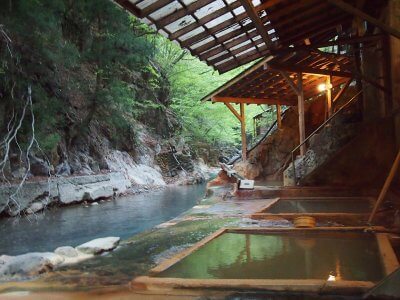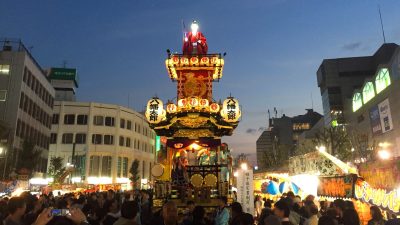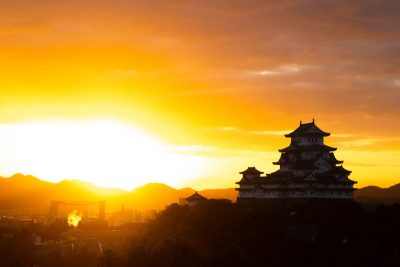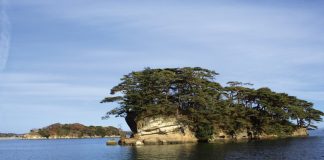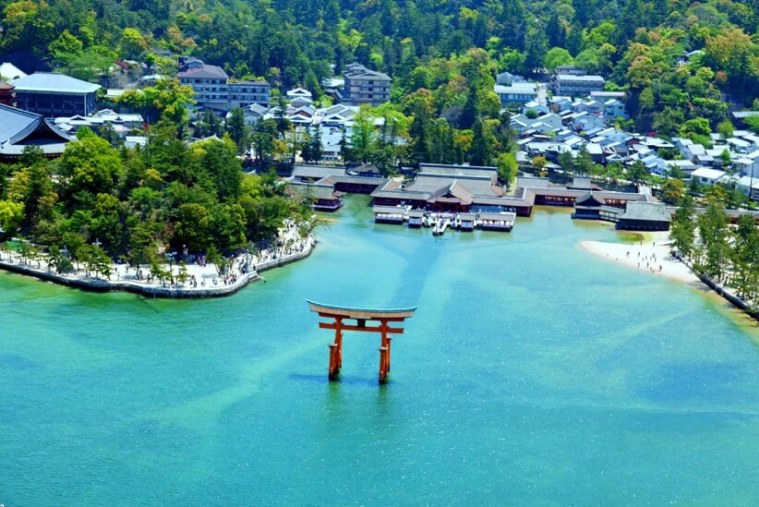
Itsukushima Shrine: The Japanese Benchmark of Beauty
Of all Japan’s cultural heritage sites, Itsukushima Shrine is perhaps not just the most beautiful, but the most important for understanding the traditional Japanese concept of beauty.
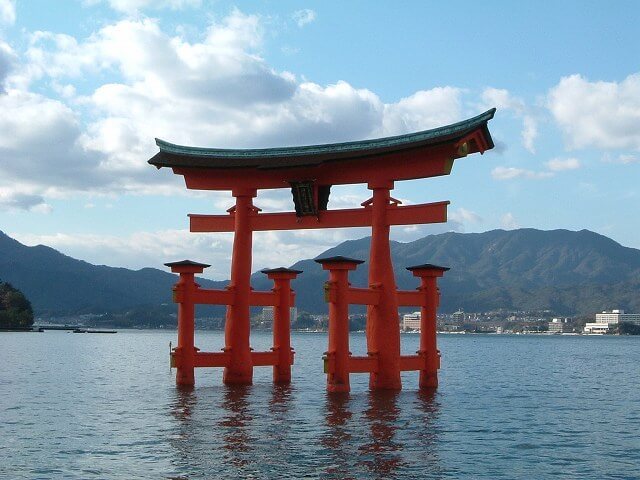
Known by its 16-meter brilliant vermillion otorii gate that seemingly floats amidst the Seto Inland Sea at high tide, this Shinto shrine sits along the crescent beach of Itsukushima Island, just 10-km southwest of Hiroshima City.
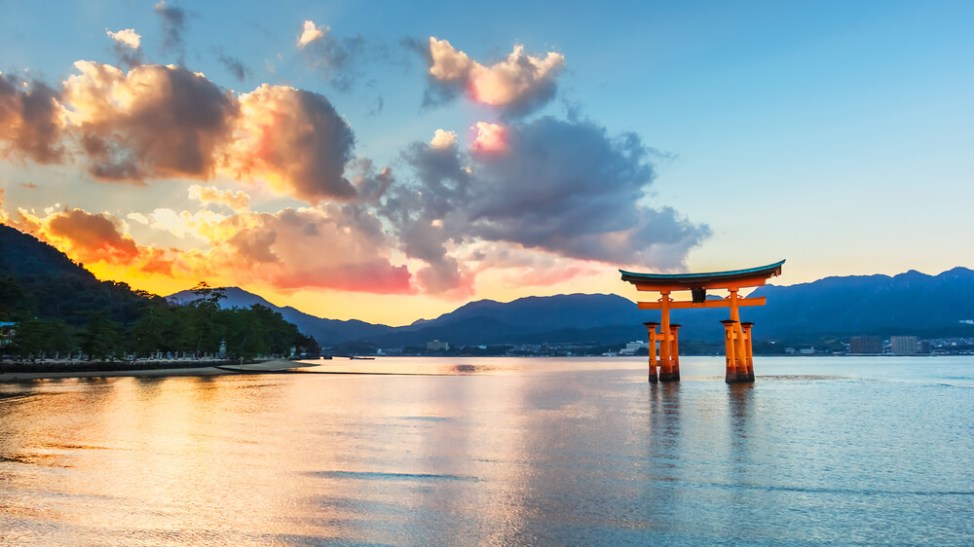
Founded in 593 – as the island’s Mt. Misen was worshiped as the highest mountain of the region – powerful warlord Taira no Kiyomori commissioned its grand expansion in 1146, both worshiping here and attributing his political success to it. It reflects the Shinden aristocratic palace architecture adopted during the late Heian era (1185), with its characteristic main shrine in the center, and side buildings connected via symmetrical kairo passage ways.
Over the years, new buildings were added, including the five-story pagoda (1407), two-story pagoda (1523), as well as the country’s only Noh stage built upon the sea (Edo era). In 1996, its 20 buildings, most of which date to 1241, along with the nearby surrounding forest land and sea, were registered as Japan’s sixth cultural heritage site.
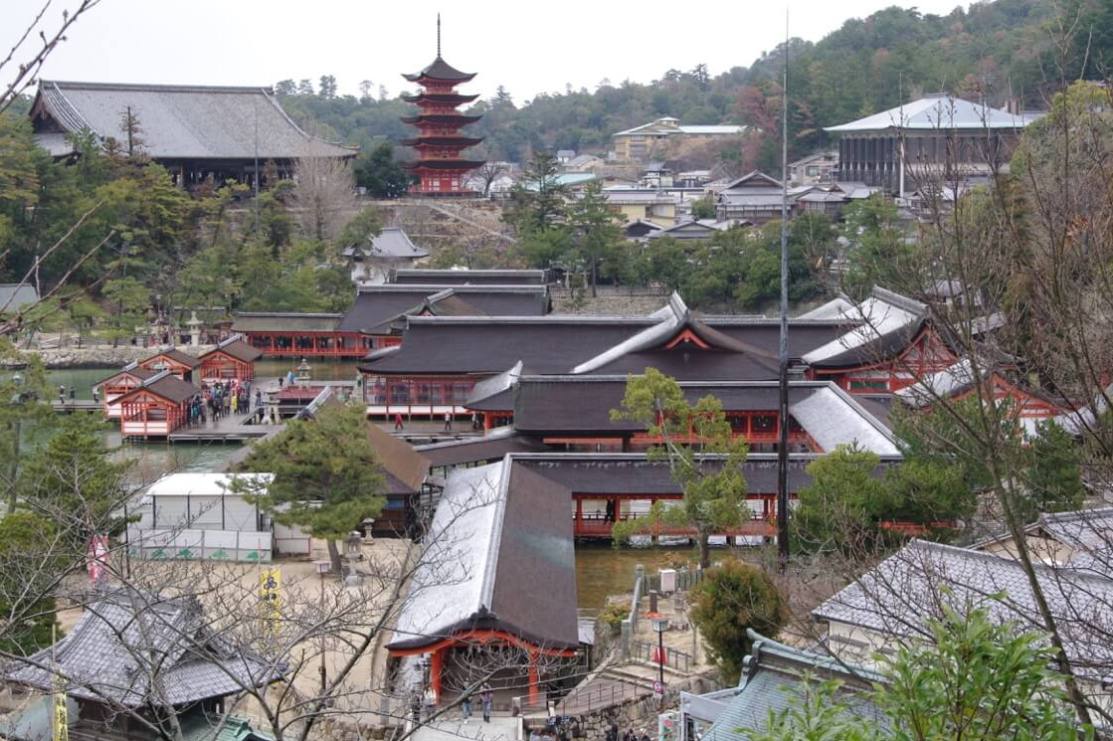
Yet long before UNESCO ever existed, Confucian Scholar Shunsai Hayashi from the Edo era selected this area as one of Japan’s three most beautiful sceneries (Nihon Sankei). Since then it has often been referred to as the traditional standard by which all other sites are measured – with the shrine itself even having been called the “ultimate Japanese building” – largely for two reasons.

First, most Shinden-style palaces had a garden in front to be used as a stage for performances and ceremonies, along with a pond. Itsukushima Shrine’s designers boldly placed not just a garden and pond in its foreground, but wooden platform stages combined with the vast Seto Inland Sea. The result is a majestic sight, with the otorii gate, main building and its extensive kairo passages appearing as though buoyed upon the waters.
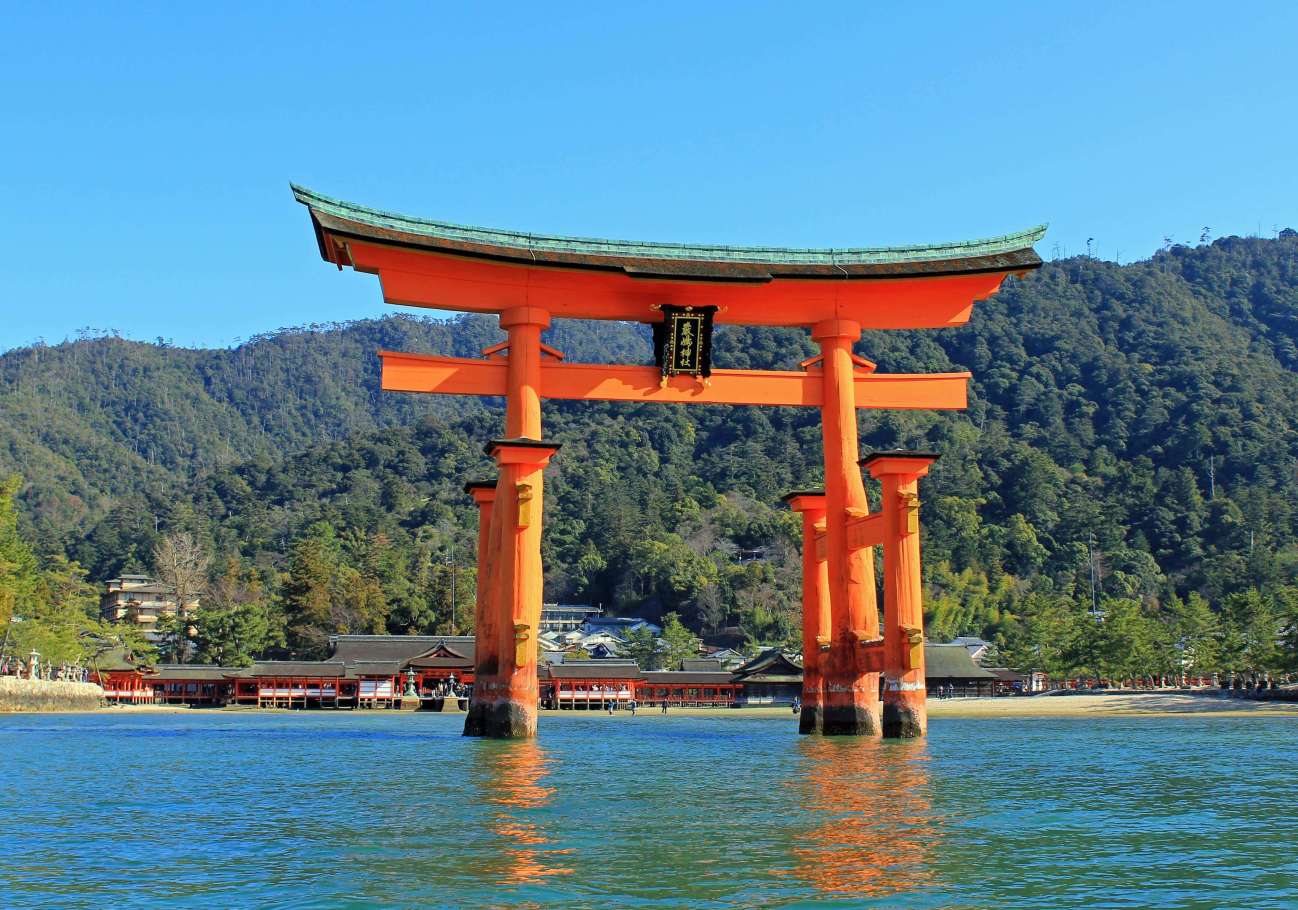
Second, this area perfectly captures what has come to be known as the “trinity of Japanese beauty”: a man-made structure sandwiched between sea in the foreground and mountains in the background. The colorful contrast of Mt. Misen’s verdant lushness at 530 m, the bright scarlet shades of the shrine, and the reflective blue sea superbly integrates natural and man-made beauty. This harmony is of utmost importance for Shintoism – grounded in nature worship – which has deeply shaped the aesthetic values of Japan.
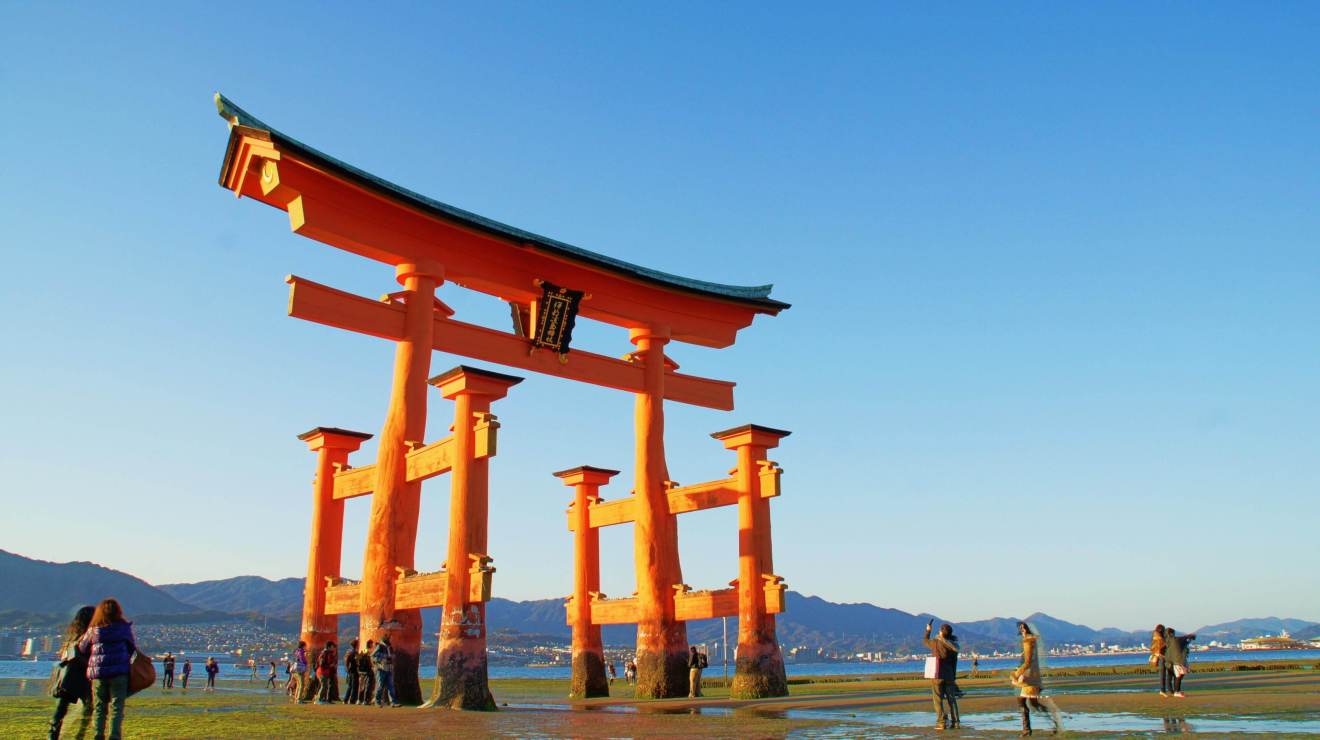
You’ll want to leave plenty of time for your trip here, since the gradual rising and falling of the lapping tides drastically changes its ambiance. A walk up close to the otorii gate during low tide is the best way to appreciate its massiveness, but the view by ferry during high tide allows you to take in the full panorama of the shrine and island’s divine beauty.
One word of advice, however, is to not leave your bags unattended while taking your photos or selfies, as the many deer – considered sacred in the Shinto religion – roaming freely on the island will soon descend upon your bag to look for anything to chew on!
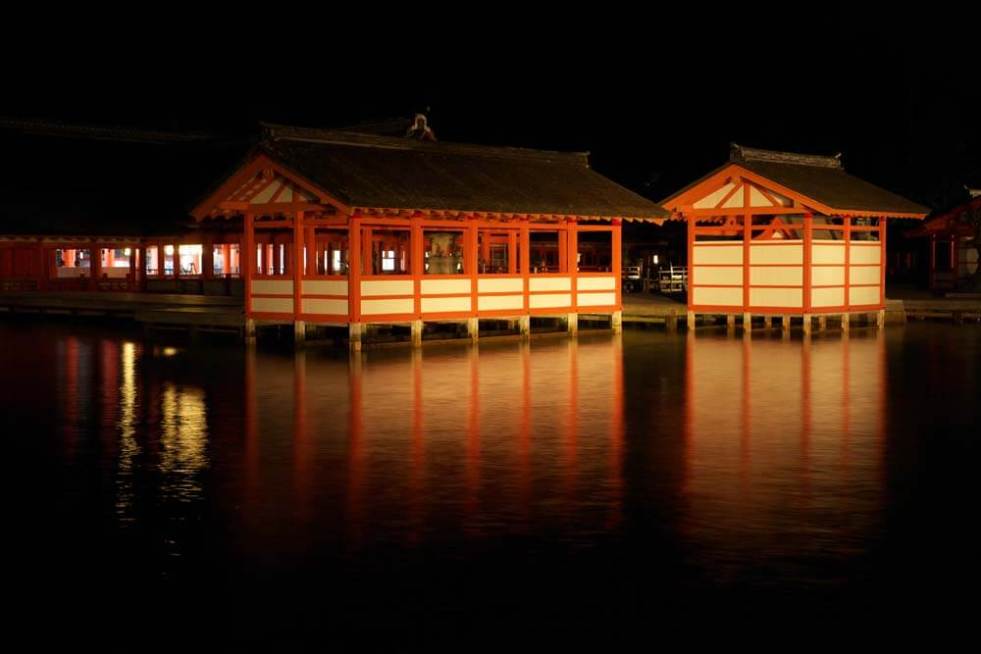
Access: A 10-min. ferry ride from Miyajimaguchi Pier to Miyajima Pier. Miyajimaguchi Pier is a 5-min. walk from JR Miyajimaguchi Station. Or, take a 45-minute World Heritage cruise from a jetty at the Peace Memorial Park.
 0
0

